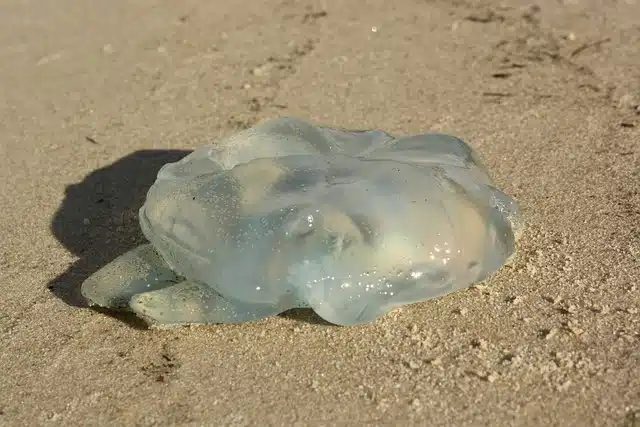
Radial symmetry is considered from a heteropolar axis.
The Latin word symmetrĭa came to Spanish as symmetry , a term that refers to the correspondence between the size, position and shape of the components of a whole. Radial , for its part, is linked to the radius (the segment that relates a circle to the center of the circle).
If we position ourselves in the field of biology , symmetry refers to the arrangement of the body and its parts with respect to an axis, a center or a plane. In this sense, we speak of radial symmetry when a heteropolar type axis is contemplated (that is, one that is different at its ends).
Characteristics of radial symmetry
Radial symmetry, therefore, divides the body into an oral side (that which houses the mouth) and an aboral side , also known as the abactinal side (the side opposite the oral side). This division is made by an axis on which the symmetry planes that define, in turn, the per-radial positions are determined.
Compared to bilateral symmetry (which divides the body into a left half and a right half), radial symmetry is considered primitive. It is important to mention that bilateral symmetry favors cephalization and the development of a central nervous system.

Radial symmetry can appear in flowers.
Its presence in animals
Among the animals that have radial symmetry of different kinds, it is possible to find echinoderms , anemones and sponges . One of the peculiarities of animals with some type of radial symmetry is that they usually have sensory receptors that are distributed regularly throughout the body periphery.
In more general terms, we can say that there are large groups of organisms that usually present radial symmetry, as well as their specializations. Among them are sessile animals, which are characterized by the absence of an organ that they can use as a support or foot .
In the case of plants, sessile leaves are those that do not have a union with the petiole or stem; sessile flowers, for their part, do not have peduncles; anthers, on the other hand, are considered this way when their filament is very short or absent. Sessile animals are those aquatic organisms that develop rooted, grasped or adhered to their substrate .
Sessile organisms with radial symmetry
This relationship between sessile animals and their substrates is not limited to the growth stage, since they remain next to them and do not move on them. It is common for organisms belonging to the community called benthos to belong to this classification (benthos are those that live at the bottom of an aquatic ecosystem ).
Some of the organisms considered sessile, many of which have radial symmetry, are the following: corals, sponges, certain bivalve mollusks (including mussels and oysters, although clams are excluded), brachiopods and the bryozoans. Crustaceans of the order cirripeds are also sessile, and this can be seen in barnacles and barnacles.
As can be seen in the definition of sessile animals, one of the traits mentioned is sedentary lifestyle , and this also appears in several examples of organisms with radial symmetry.
Pelagic animals
On the other hand, there are drifting pelagic animals . These are those organisms that live in the part of the ocean that is not above the continental shelf. This area is called pelagic (it is also possible to refer to it as pélago ) and represents the image that most people have of the ocean itself, since when it approaches the coast we usually talk about the sea.
Radial symmetry benefits pelagic drifting animals as it gives them the ability to move in any direction equally, thanks to the regular arrangement of their receptors and structures.
